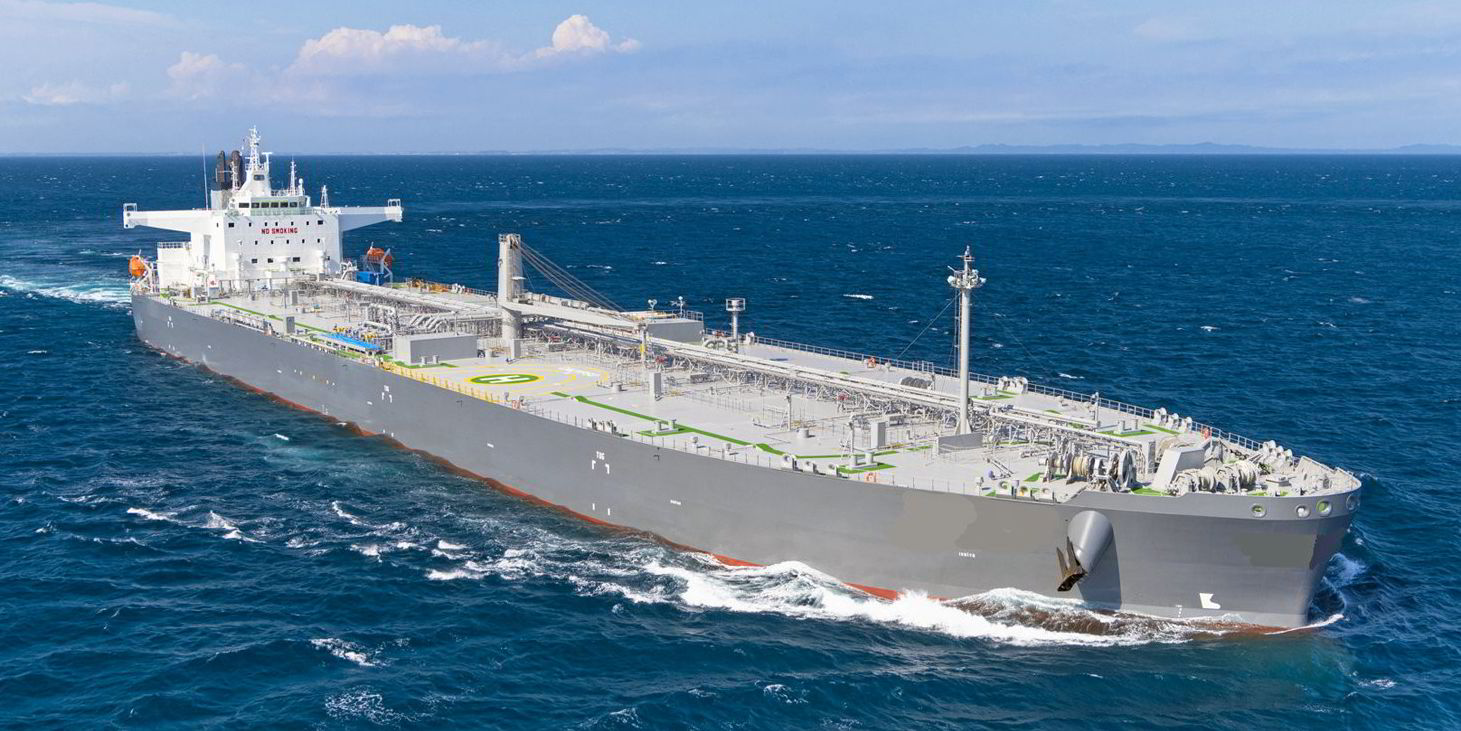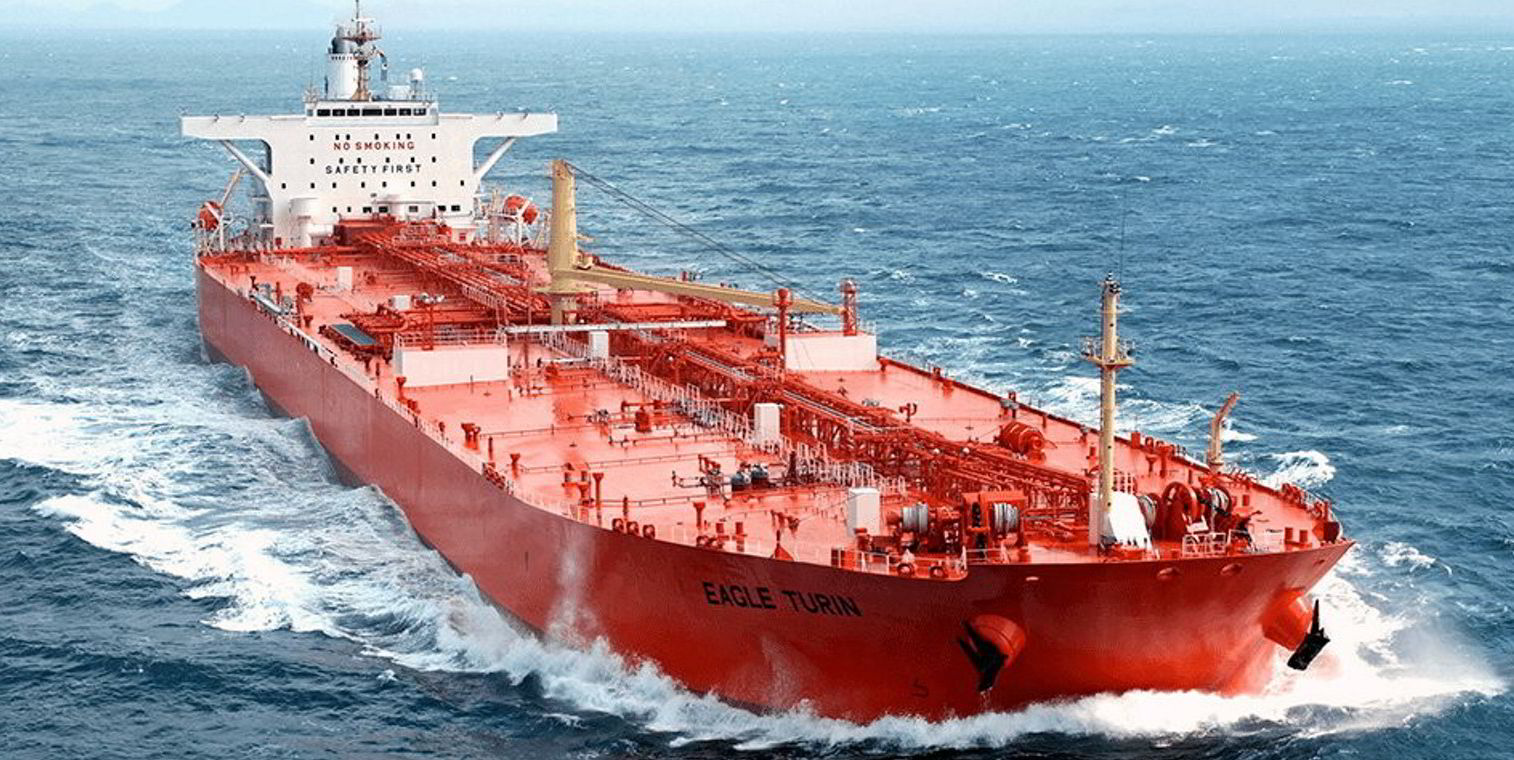Mexico’s decision to refine more of its crude domestically rather than overseas is likely to lead to a change in the regional tanker trades, says Poten & Partners.
Mexican oil production peaked in the early 2000s at around 3.8m barrels per day, before gradually declining. Today, the figure is about 2m bpd.
Traditionally, a significant portion of the country’s crude output was exported to its neighbours in the north, primarily the US Gulf, and US refiners shipped refined products back to Mexico.
In the decade between 1995 and 2005, Mexico competed with Venezuela, Saudi Arabia and Canada for top spot as the largest crude exporter to the US.
Poten said that is no longer a competition: Canada dwarfs its rivals, while Saudi Arabia switched its focus more to Asia.
“Until US sanctions hit Venezuela in 2019, export volumes to the US from both regional producers remained fairly close, albeit at 50% lower levels than in the early 2000s,” the broker said.
Unlike Canada, which almost exclusively uses pipelines, Mexico and Venezuela use tankers to ship their crude to the US.
For many years this has provided important employment opportunities for aframaxes in the US Gulf region, according to Poten.
However, Mexico’s exports in general, and to the US in particular, have declined markedly this year.
They have gone from the 1.25m bpd exported in October 2023 to 625,000 bpd last month. Exports to the US declined the most, from 870,000 bpd to 405,000 bpd.
Last month, state-owned petroleum company Pemex announced that it would cancel up to 436,000 bpd of crude exports, so that these barrels could be processed domestically, leading to a drop in exports, in particular to the US.
“Mexican exports may recover temporarily, but the long-term trend is probably down, a combination of more domestic demand and limited potential for production growth,” Poten said.
It said the declines have created a challenge for refineries in the US Gulf.
“Mexico’s main export grade is Maya, a heavy sour (high sulphur) crude that is ideal for US Gulf refiners with significant upgrading capacity,” the broker said.
“These US refiners will have to look for alternatives. Venezuela was one option, but sanctions against this country have recently been reinstated, so export volumes will remain limited.
“Another source of heavy crude would be Canada, but the start-up of the Trans Mountain Pipeline (TMX) expansion will potentially make Canadian crude more expensive and/or less available.”
If regional supplies are limited, Poten said US refiners can turn to the Middle East for heavier sour grades, which appears to be happening already.
Vortexa recently reported a significant increase in the volume of Saudi Arabian crude making its way to the US Gulf.
“Lower exports from Mexico will negatively impact aframaxes. However, these are very shorthaul voyages, so the ton-mile impact is limited,” said Poten.
“If the increase in flows from Saudi Arabia proves to be more than a temporary blip, this could also be beneficial for the VLCC market.”





